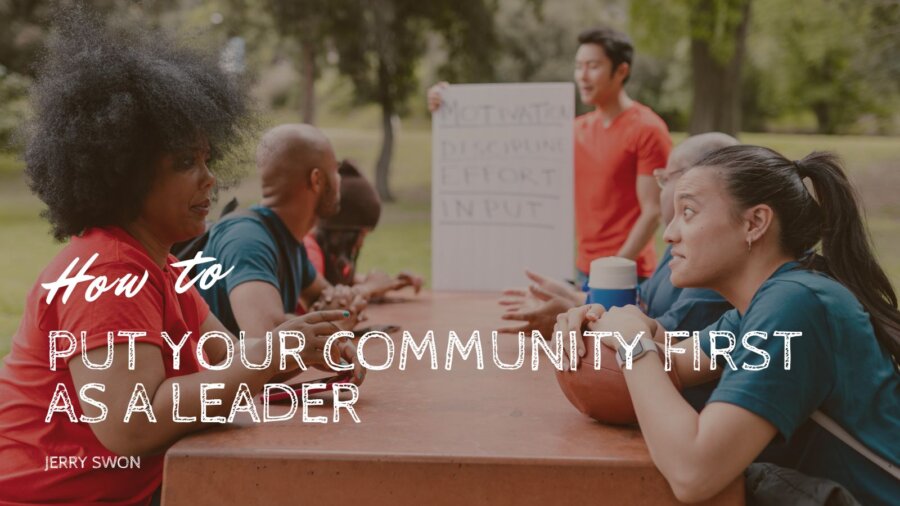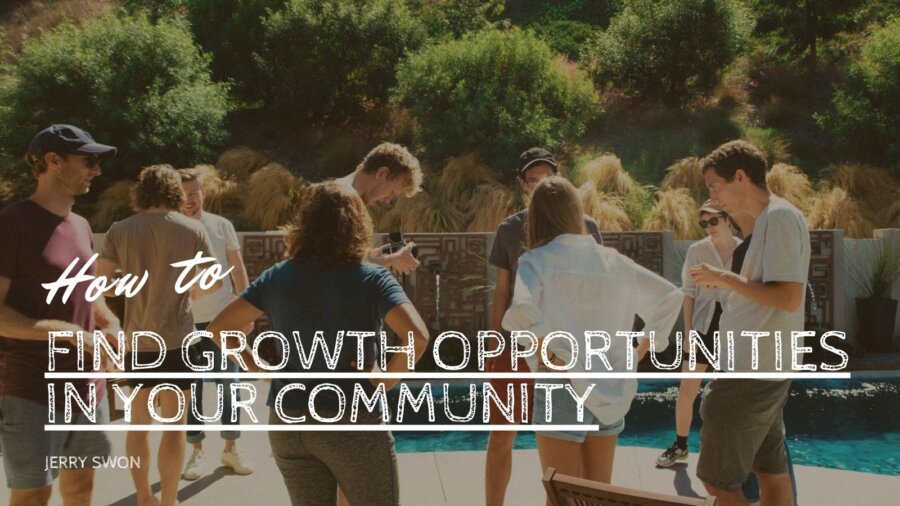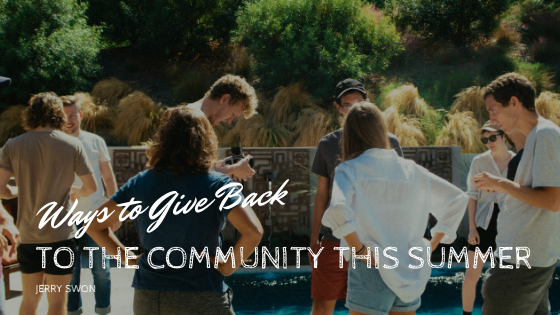In the heart of any bustling city, green spaces are like open invitations to slow down, connect, and grow—literally and figuratively. Community gardens are more than patches of vegetables and herbs; they’re hubs of collaboration, inclusion, and shared purpose. As urbanization intensifies and private outdoor space becomes a luxury, shared gardens offer a vital solution for both environmental and social well-being.
The Green Oasis in Concrete Jungles In cities around the world, from New York to Nairobi, community gardens are cropping up in vacant lots, schoolyards, and rooftops. They transform overlooked corners into vibrant spaces filled with life and activity. More than a way to grow fresh produce, these spaces create ecosystems of care where neighbors meet, converse, and work side-by-side.
Seeds of Belonging When residents come together to plant and maintain a garden, they naturally develop a sense of ownership and pride in their neighborhood. Shared tasks—watering, weeding, harvesting—turn into opportunities for bonding. These gardens welcome people from all walks of life, bridging gaps across age, culture, and socio-economic backgrounds. In many cases, they also serve as spaces for cultural exchange, where people share gardening traditions from their homelands.
More Than Food: A Hub for Learning and Healing Community gardens often host workshops on composting, sustainability, and cooking. Children learn where their food comes from, and seniors pass on knowledge that’s been handed down for generations. For many, gardening is therapeutic. Tending to a plant from seedling to bloom instills patience and nurtures mental health.
Case Study: The South Central Farm, Los Angeles Once the largest urban farm in the U.S., South Central Farm was a symbol of community resilience. Over 14 acres, local residents grew food, held festivals, and advocated for social justice. Though it eventually faced eviction, the garden became a landmark example of how shared green spaces could empower marginalized communities.
Environmental and Economic Benefits Community gardens reduce urban heat, improve air quality, and support biodiversity. They can also reduce grocery bills and provide access to fresh food in underserved areas. By sharing tools, seeds, and harvests, members also learn to value resourcefulness and collective effort.
How to Start One in Your Neighborhood
- Identify a piece of underused land
- Engage neighbors and local organizations
- Seek permissions from local authorities
- Secure funding or donations through grants or community drives
- Begin with simple crops and build gradually
Conclusion In every seed planted lies the potential for transformation—not just of soil, but of society. Urban green spaces are proof that with cooperation, even the smallest plot of land can yield a harvest of connection, pride, and peace. If you’re looking for a way to make your community thrive, you might want to start by planting a garden.










